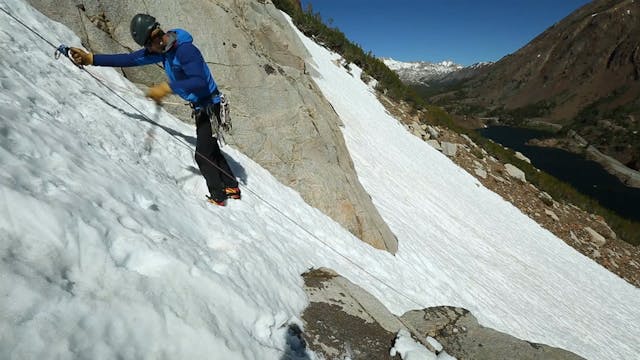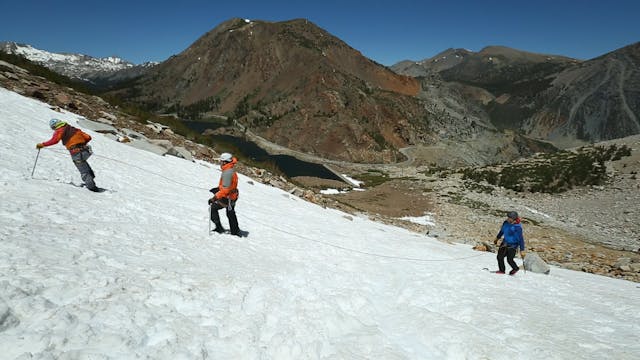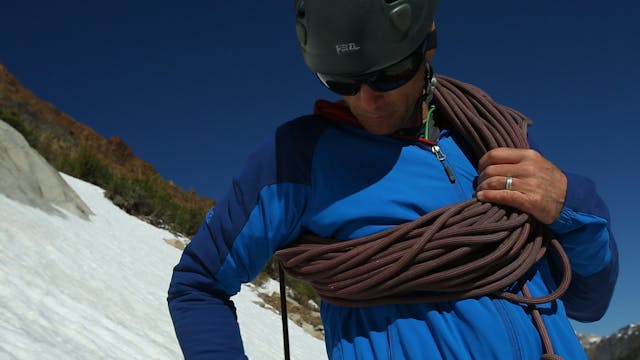Alpine: 24. Knot Considerations
Alpine & Mountaineering
•
47s
In this video we discuss the knots we use in alpine environments. These are relatively simple knots, even though the terrain is complex. You don’t need to know a lot of fancy knots for alpine climbing. Basic rock climbing knots will suffice.
Knots for alpine climbing should be easy to untie—even when frozen with snow and ice, and using gloves.
The alpinist should be familiar with the clove hitch and a few other friction hitches like the prusik hitch and the autoblock hitch, as well as the klemheist.
Many climbers like to tie into the middle of the rope using a butterfly knot when traveling on a rope team.
Please see our knot videos for rock climbing, as well as for alpine climbing.
We hope you found this video helpful. Feel free to comment below with questions or thoughts!
Please remember, climbing is inherently dangerous. Climb at your own risk.
Up Next in Alpine & Mountaineering
-
Alpine: 25. Ascending Fixed Lines
In this video we look at how to ascend fixed lines. Sometimes, ascending steep snow via fixed lines is an efficient and safe method of travel.
This technique is used in many disciplines, across the spectrum of alpinism and mountaineering, as well as in rock climbing on big walls.
There ar...
-
Alpine: 26. Team Rope and Travel Cons...
In this video we consider multiple rope travel scenarios in the mountains. There are several things to think about when making the decision to rope up.
If the terrain is not glaciated, then there are times when many alpine climbers will move without a rope.
A rope can add security on mode...
-
Alpine: 27. The Kiwi Coil
The kiwi coil allows you to adjust the amount of rope between you and your partner.
Many beginner or novice alpine climbers make the mistake of traveling with too much rope out. This mistake can cost you considerable time managing ropes, as well as decreased communication. The other negative a...


